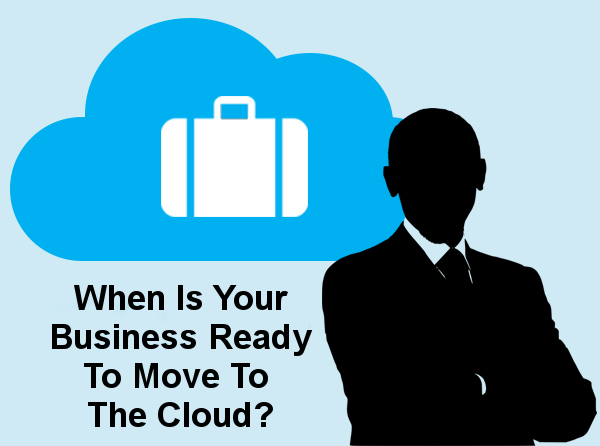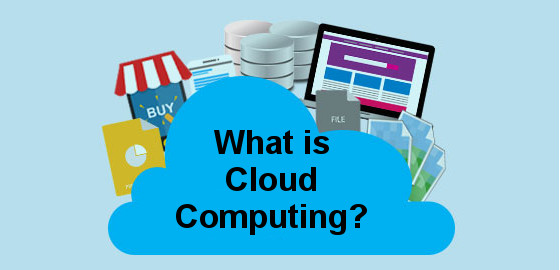 A lot of people use Facebook but finding the balance between privacy and Facebook fun can be challenging. It allows us to connect with friends near and far but also it publicly shares information that just a few years ago, we’d never dream of putting online. With a Facebook search you can look for people based on where they went to school, town they live in, clubs they belong to, who they’re related to… but when is it too much information?
A lot of people use Facebook but finding the balance between privacy and Facebook fun can be challenging. It allows us to connect with friends near and far but also it publicly shares information that just a few years ago, we’d never dream of putting online. With a Facebook search you can look for people based on where they went to school, town they live in, clubs they belong to, who they’re related to… but when is it too much information?
Your birthday is the first piece of info collected by Facebook when you sign up and it is great getting birthday wishes from friends and family when it appears in their news feed. But while your friends are sending you balloons and funny memes, your birthday is now public knowledge. It may seem harmless, but when you call your bank or other institution, what’s the first question they ask to verify your identity? Your birthday! Some companies and organisations even ask questions like ‘which high school did you go to?’ assuming this is knowledge that only you would know. Except… a lot of people have publicly shared it on Facebook. Whoops!
Then there are the stories of people who have lost their jobs after less-than-wholesome pictures or comments have gone public. If you want to protect your reputation, you may not want pictures from last weekend’s private party showing up online. While you can’t control what others do with photos they take of you, you can control whether or not you are tagged in Facebook in them.
Fortunately, there are settings in Facebook that allow you to control who can see what information and what happens when you’re tagged in a photo. Despite what rumours you may have heard or seen floating around, you do have complete control over your Facebook privacy and it is easy to adjust.
How to Check and Adjust Your Facebook Privacy Settings
Here are some settings you can easily change within Facebook to help secure your privacy and see who can see what on your profile. These steps assume you are logged into Facebook via a browser (using an app on your phone or tablet may be different).
See what your account looks like to an outsider
To see what others can see of your profile follow these steps:
- From your Facebook homepage, click your name on the blue bar at the top of the page.
- Click the three dots next to ‘View Activity Log’.
- Now select ‘View as…’
Run a quick privacy checkup
To run a checkup click the question mark in the top right corner of Facebook and choose the ‘privacy checkup’. Facebook then guides you through a few steps showing what your main settings are.
From within this section think about what you really need to share. For example do people need to know the YEAR of your birth or just your birthday? You can hide the year and your friends will still get the notification.
Edit advanced privacy
While the above checkup covers the most obvious information you can delve much deeper via the privacy section. Click the V-shaped drop down to the right of the question mark and go to settings and select privacy.
Adjust timeline and tagging
In the privacy settings (mentioned above), you can control who can tag you, who can see or share the tagged content and what shows up in your news feed.
I hope that explains about privacy and allows you to go in and change the settings to what you want and not what the Facebook defaults are.
Tightening your Facebook privacy only takes a few minutes, but it can save you a whole lot of trouble in the future. If you need help with this, just give us a call on 08 8326 4364 or via email at su*****@dp*********.au.

 By now you would have heard of the cloud and know that the cloud is not going away any time soon (
By now you would have heard of the cloud and know that the cloud is not going away any time soon ( All you here about now a days is cloud this, cloud that. But what actually IS the cloud? Most people don’t understand it so don’t worry as you are not alone.
All you here about now a days is cloud this, cloud that. But what actually IS the cloud? Most people don’t understand it so don’t worry as you are not alone.